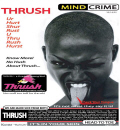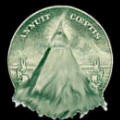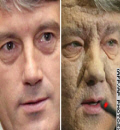Qubits will transform molecular design.
Quantum computing has monster potential for high-speed processing, from factoring large numbers - think crypto - to sorting and searching vast sets of data all at once. But qubits could make excellent simulators as well as calculators.
In his famous early '80s lectures at Caltech, Richard Feynman proposed using quantum computers to model subatomic physics, since their logic gates would follow the same rules that govern real-world behavior. But QCs could also arrive just in time to save the struggling field of molecular design, where godlike ambitions are limited by computational power.
Although chemists today tweak molecules in virtual space, classical hardware has severe restrictions. Because of the exponentially growing nature of the relationships between the atoms in a molecule, the best available supercomputers can simulate molecules comprised of at most 100 atoms. Yet a typical polymer may contain thousands of them and an organic chain-and-link molecule, millions. Picture a world in which architects could design only those things smaller than a bread box.
But a computer built around qubits grows in power much as the molecular-design problem grows in difficulty, making a QC system the ideal tool for molecular architects of the future. Call it QCAD. It could be a liberating device that enables Frank Lloyd Wright-scale thinking at molecular sizes.
The quantum approach favored by Phil Platzman - electrons floating atop superfluid helium - could be perfect for the job. Platzman's suggestion: Use the qubits not as interchangeable components of an abstract machine, but rather as an infinitely manipulable Erector set. Because each qubit is a single secured electron - sitting in a vacuum on a smooth liquid surface, to which it has a slight electrical attraction that anchors it in place - it becomes a place-marker for an atom in a molecule, or perhaps one or more electrons within an atom. Some qubits might be squeezed close to adjacent bits to simulate a tight cluster of atoms scrunched together. Others might be suspended in a higher energy state or agitated by an external energy source.
Using microwave pulses and a grid of electrodes above and below the qubits, you could move pseudo-atoms around like checkers on a vast gameboard to see how a molecule would behave. First arrange the electrons and tune their energies to levels calculated on a conventional computer. Then, just let go. Nature takes care of the heavy lifting.
"If we turn on the interactions and let the thing settle down, then it may look a bit like the ground-state configuration of the molecule," Platzman explains. "If you want to figure out whether the molecule absorbs light or does whatever it's supposed to do, you may have to kick it once or twice. You can see how long it stays up there and how long it takes to come back. It's a real analog system."
It's likely that only certain types of molecules could be designed with this rudimentary hardware - those whose 3-D structures can be mapped to the 2-D layer of electrons. But there's no reason the approach need be limited to molecular design. Other exponentially difficult optimization problems - from circuit-building to telecommunications to weather forecasting - could also be tackled by mapping their parameters onto the quantum simulator.
The idea seems crude compared with the universal logic gates and discrete algorithms meticulously developed for quantum computers over the past two decades. But the best early applications may lie somewhere between the qubitized ideal and the rubber-band approach of analog.
- M.K.A.



.jpg)

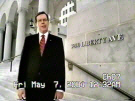

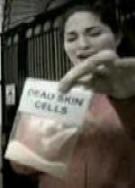




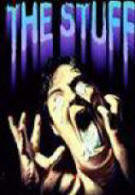
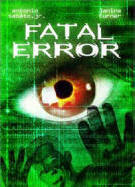
.jpg)








